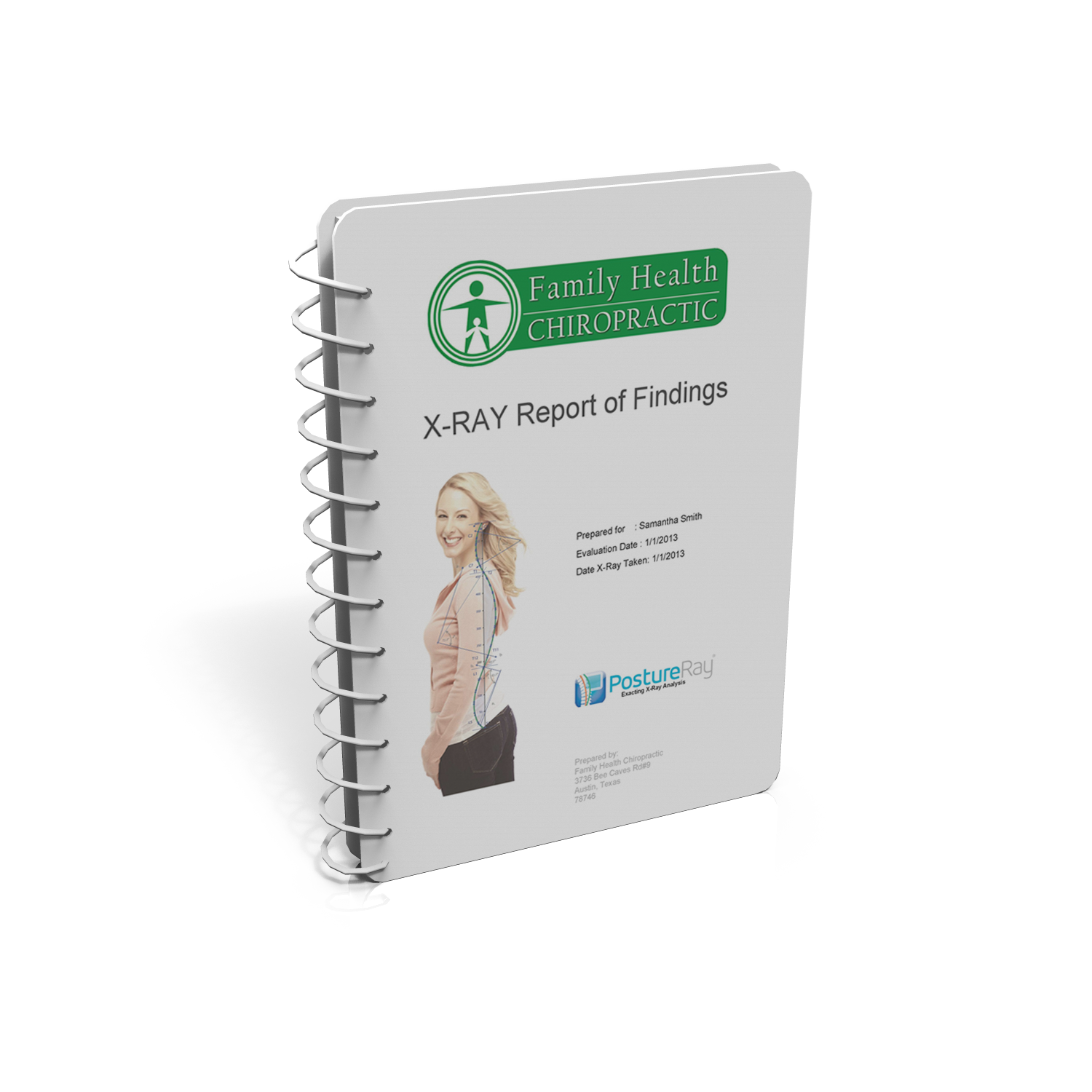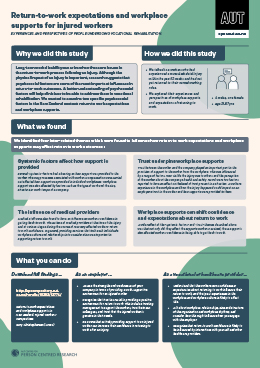

Green urban redesign will increase climate resilience… …delivering clean, healthy energy to people’s homes. …the transition to renewable energy sources can help build more resilient energy grids and reduce energy poverty… Shifting away from fossil fuels could prevent the 1.2 million deaths resulting from exposure to fossil fuel-derived ambient PM 2.5…

It doesn’t have to be this way Today, a health-centred response to the compounding crises can still deliver a healthier future If these strategies are pursued, they would lock the world into a fatally warmer future with catastrophic health impacts.Īs they cash record profits, the failure to reprioritise funding and invest in a healthy future becomes evident. Today, fossil fuel giants pursue plans which would lead to emissions vastly exceeding levels compatible with the Paris Agreement goals. …and a profound lack of funding undermines action towards a low-carbon, climate-resilient future. Meanwhile, higher-income countries so far failed to deliver the US$100 billion committed to support a just transition… In many cases for amounts comparable to, or even exceeding, their total health budgets. Governments around the world continue to subsidise fossil fuels to a sum of hundreds of billions of dollars annually. …and breathing dangerous levels of fuel-derived air pollution inside their homes.ĭespite these health harms, governments and companies continue prioritising fossil fuels to the detriment of peoples’ healthĭespite commitments, the carbon intensity of the global energy system decreased by less than 1% since 1992, the year the UNFCCC was adopted.Īnd with increased energy consumption, energy-related emissions CO 2 emissions reached a record high in 2021. …vulnerable to the rising fossil fuel prices, the health harms of exposed to energy poverty… Meanwhile, the delay in uptake and inequitable access to clean energies has left households dependent on dirty fuels… The likelihood of dengue transmission rose by 12% from 1951–1960 to 2012–2021. Life-threatening extreme weather events are becoming increasingly frequent.Īnd the weather conditions are becoming more suitable for the spread of infectious diseases.

On average, 29% more global land area was affected by extreme drought for at least one month in a year in 2012–21 than in 1951–1960.Īnd human exposure to days with very-high or extremely-high fire danger increased in 61% of countries from 2001–2004 to 2018–2021. …with associated potential income losses of US$ 669 billion in total. Heat exposure led to leading to 470 billion potential labour hours lost globally in 2021… Health at the Mercy of Fossil Fuels This year’s report finds that a persistent fossil fuel addiction is amplifying the health impacts of the concurrent crises we face.Įxtreme heatwaves in 2020 associated with 98 million more people suffering from food insecurity than annually in 1981-2010.Īnd people from vulnerable age groups were exposed to 3.7 billion more heatwave days in 2021 than annually in 1986–2005.


 0 kommentar(er)
0 kommentar(er)
